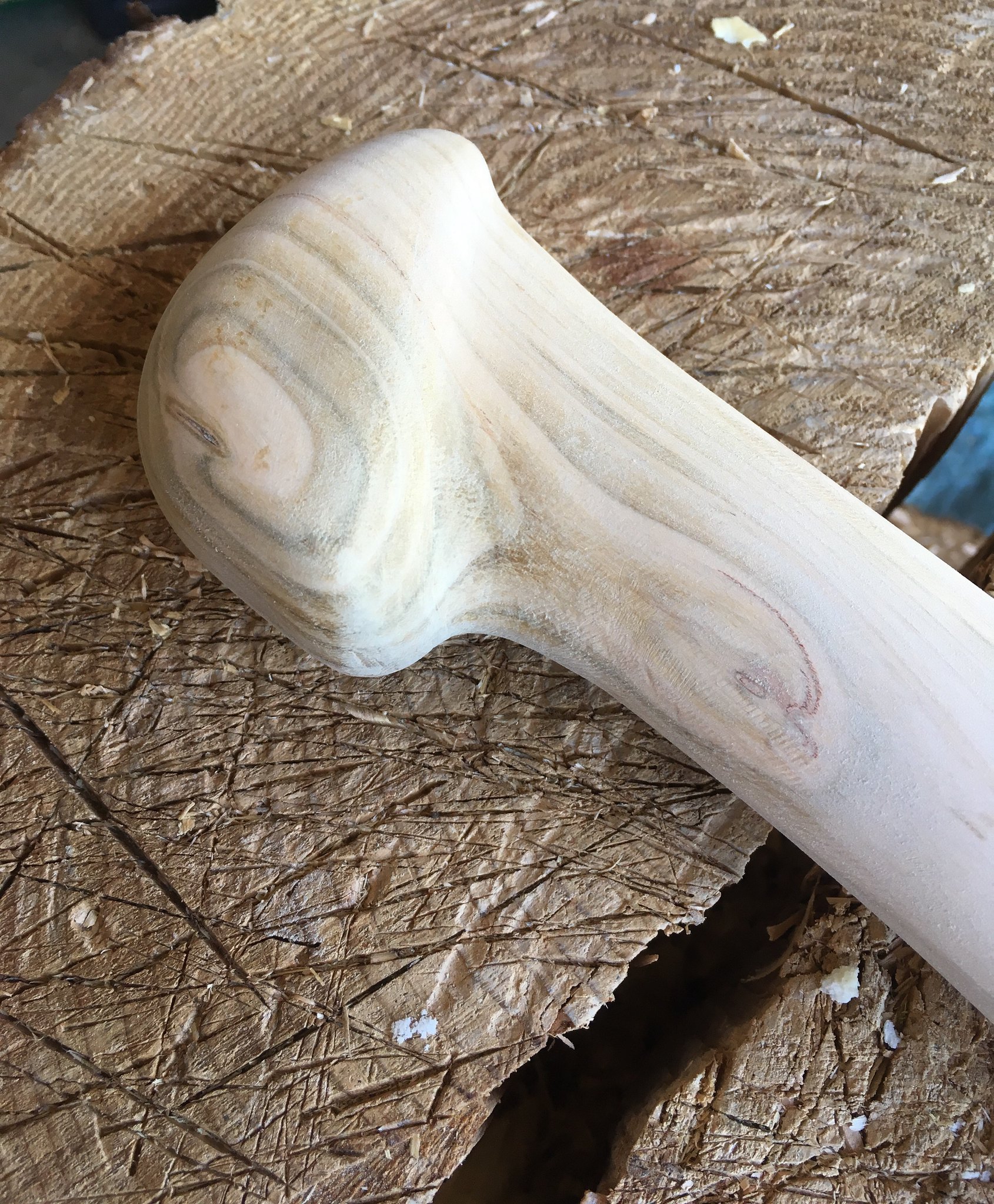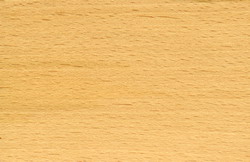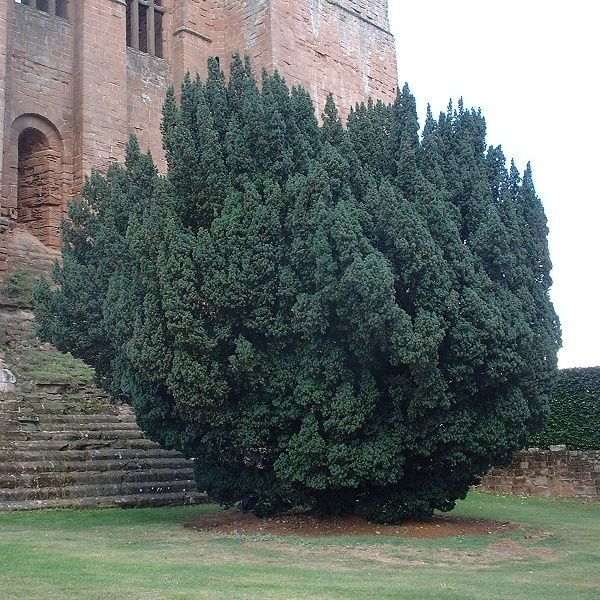Right, first of the disclaimer: These are only my thought,s aren't set in stone.
"U gaat door voor de koelkast": I Rolled on the floor laughing when i read what google translate came up with: It litterally means: Your to the next round for the fridge! It was an old gameshow where you could win household items, turned into a saying. If somebody says it, you have the correct answer.

Having a longer poll and grabbing it there:
@Square_peg had a part of the answer. If you grab the handle lower you can use more force at the cost of precision. But there is another effect you need to take into account. I know that works because of other sharp objects: Curved swords. Like Katana's but more so like Shamshirs. A katana is a one and a half hand sword, which you can use one handed. A Shamsir is a one handed sword. Point is. Wen you use it one handed and into a curve (hammer, sword, axe) your wrist comes into play. So it kind of works as a whip. The experiment it did was with the Spanish axe handle:

Its a slipfit yew handle on purpose: yew is about the bendiest it gets whitout braking. Slipfit because it is originally used. But the shape of handle isn't in the slightest. The curve in the lower part is actually to make it easier to roll your wrist an take advantage of the whipping effect. Thats why accuracy tends to lose out. A handle of say 4" longer would alter accuracy to much, but would alter the force. Test results: It works. It isn't the prettiest shape i've ever seen though.
Now for the harder part about the grain: First of this isn't set in stone, as said above. But I believe I know why the Basque use the grain perpendicular. First of look at the material: Beech. Beech isn't that complicated in grain, so it isn't because the grain wood in itself:
It is very high in moisture though, so it tends to warp when drying out. Nothing that can be fixed. Grain is fairly straight but can be wavy. Wavyness, as far as I understand it, comes from warmer climates (a.k.a. Basque country, since thats Spain and France). The picture above is from Beech from Holland, where it is a lot colder. I actually had a eureka moment a while back when somebody posted something about wood in warmer climates having wider growth rings and being stronger, which I tought was the opposite of common belief, but at the same time intriguing. After pondering about it, mailing back an forth with some experts on wood and woodworking I came to a conclusion:
In general: Wood is stronger with a lot of straight grain. Colder climates tend to have that. It's just denser wood. Although I must say its less bendy because of a lot of grain. Having less grain makes it a bit less dense, but a lot bendier. Therefore less likely to break.
If you take that into consideration. Trees are more wavy the warmer the climate gets ( Kansas / Oregon, or Holland/Spain). So you end up into runout teritory. Since we only use a axe front to back, not left to right, we can assume the runout is only a issue when at the front or the back of the handle. Not on the sides. And what happens when you turn the grain a quarter clockwise? Exactly that. So you can counter runout by turning the grain.
This does impose one questions though: Does it make the wood weaker? The answer is: Yes a little bit, but still less likely to break compared to a handle with runout.
Thats why I wanted
C
cityofthesouth
to think about it. I know what being a perfectionist is like, but I also know that you have to make do with what you have, think outside of the box, and make compromises. What the Basque actually did was learn to work with what they have (in a sence compromised wood) and make it usable. Its not the best, but it's whats locally available. Dont forget that the basque community was oppressed for a long time, wanting there own country but still not having it. They just had to make do. Today its just traditionally done that way since the climate's only gotten warmer and beech was the material used in the past and is still locally available.
Not entirely different to the dutch, allthough with us it was water....
 Cherry Flavored Kemi by Agent Hierarchy, on Flickr
Cherry Flavored Kemi by Agent Hierarchy, on Flickr Cherry Flavored Kemi by Agent Hierarchy, on Flickr
Cherry Flavored Kemi by Agent Hierarchy, on Flickr


